Magnetic particle inspection (MPI) is a non-destructive testing method used to detect surface and near-surface defects in ferromagnetic materials. This technique involves magnetizing the material and applying magnetic particles, which are attracted to areas where the magnetic field is disrupted by flaws. It can identify various types of defects such as cracks, porosity, cold laps, and lack of fusion in welds. MPI is also known as magnetic particle testing (MT), magnetic testing, or simply particle inspection. In this guide, we'll use these terms interchangeably for clarity. The process works by running a magnetic current through the material. If a defect is present, it disrupts the magnetic field, creating a flux leakage that attracts magnetic particles. These particles then cluster around the defect, making it visible to the inspector. MPI is one of the most widely used NDT methods due to its speed and cost-effectiveness. However, it's only suitable for ferromagnetic materials like iron, steel, cobalt, and nickel. It cannot be used on non-magnetic materials such as aluminum or copper. [NDT magnetic particle testing is just one of the non-destructive testing methods that inspectors use. Learn more about NDT and the other methods used in this guide.] Magnetic particle testing involves magnetizing the object under inspection. If there are no defects, the magnetic field will flow smoothly through the material. But if there are flaws, the field will be disrupted, forming a secondary magnetic field known as a flux leakage field. Once the material is magnetized, magnetic particles—either dry powder or in a liquid suspension—are applied to the surface. These particles are drawn toward the flux leakage fields, forming visible indications that help identify the location and size of the defect. The particles are usually black or fluorescent, depending on the lighting conditions. They can be applied manually or using specialized equipment, ensuring visibility even in low-light environments. The concept of using magnetism for material inspection dates back to 1868 when cannon barrels were tested with a magnetic compass. Any disruption in the magnetic field indicated a flaw inside the barrel. In the 1920s, William Hoke discovered that metallic shavings could reveal surface defects when applied to a magnetized object. By the 1930s, the railroad industry had adopted this method to inspect steel components, marking the beginning of modern MPI. Today’s techniques are based on the same principles: magnetizing the material, detecting flux leakage, and using magnetic particles to highlight the defects. The technology has evolved, but the core idea remains unchanged. MPI is a fast, cost-effective, and versatile method, but it does have limitations. Here’s a breakdown of its advantages and disadvantages: Pros Cons There are two primary methods for conducting magnetic particle testing: dry and wet. Dry magnetic particle testing (DMPT) uses powdered particles, while wet magnetic particle testing (WMPT) uses a liquid suspension. Both methods can use either fluorescent or non-fluorescent particles, depending on the environment and lighting conditions. Inspectors choose the most appropriate method based on the material and the type of defect they're looking for. The basic steps for magnetic particle testing are:
While the process seems simple, each step requires careful execution. The next section covers key considerations for effective magnetization. Common on-site techniques include electromagnetic yokes, current flow probes, permanent magnets, flexible coils, and adjacent cables. Proper magnetization is essential for accurate results. Here are some key factors to consider during the process: Several techniques are used to magnetize materials for inspection. These include:
These methods are recognized by standards bodies such as ASME and are used in different applications depending on the object's shape and the type of defect being sought. To ensure maximum detection, the magnetic field should be applied perpendicular to the direction of the defect. This is because the flux leakage is only created when the field intersects the defect at a right angle. Therefore, inspections are typically conducted twice—once in one direction and once in a perpendicular direction—to cover all potential flaws. Direct magnetization involves passing an electric current through the material itself, while indirect magnetization creates a field from an external source. Each method has its own advantages and is suited to different types of inspections. The choice of electrical current depends on the material, the depth of inspection, and the type of defect. Common currents include:
Various tools and devices are used in magnetic particle inspection to generate magnetic fields and apply the testing medium. Here are some of the most common types of equipment: Magnetic wet benches are used to create circular and longitudinal magnetic fields. They are especially useful for large or complex parts. A magnetic wet bench | Credit: Magnaflux Portable power packs provide a quick and efficient way to generate magnetic currents for on-site inspections. Magnetic yokes are used to create localized magnetic fields for inspecting specific areas of a component. These are used to control lighting conditions and improve visibility during fluorescent testing. They help create an optimal environment for detecting subtle indications. After testing, residual magnetism must be removed to prevent interference with subsequent operations. Demagnetizers are used to safely reduce or eliminate the magnetic field in the material. A table-top demagnetizer | Credit: Magnaflux Many industries require adherence to strict standards and codes for magnetic particle inspection. These guidelines ensure consistency and reliability in the testing process. Some of the internationally recognized standards include: Jiangsu Lundi Forklift Co.,Ltd. , https://www.lundilift.comMagnetic Particle Inspection: A Comprehensive Guide
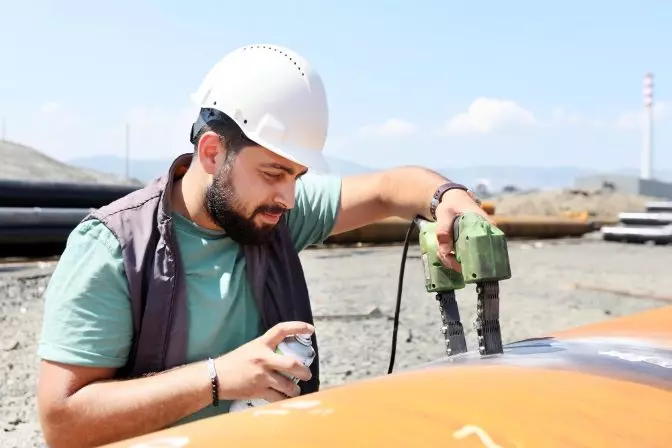
What Is Magnetic Particle Testing?
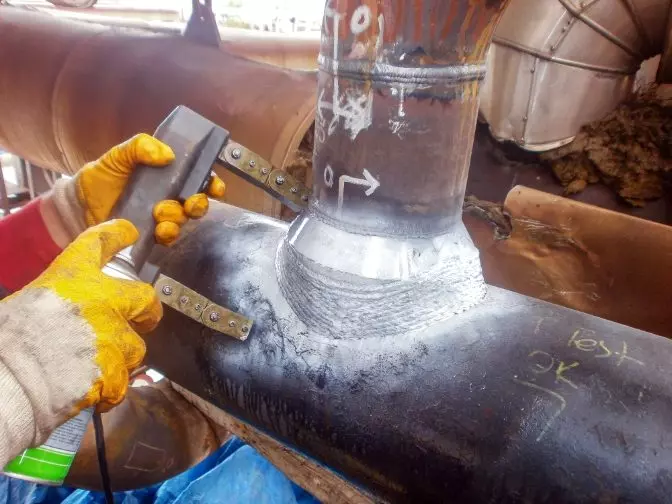
The History of Magnetic Particle Testing
The Pros and Cons of Magnetic Particle Inspection
Magnetic Particle Testing Techniques

Two-Step Overview
Magnetization Considerations
Ways to Magnetize the Material
Perpendicular Application
Direct vs. Indirect Magnetization
Electrical Current Considerations
Magnetic Particle Inspection Equipment
Magnetic Wet Benches

Power Packs / Electromagnetic Current Generators
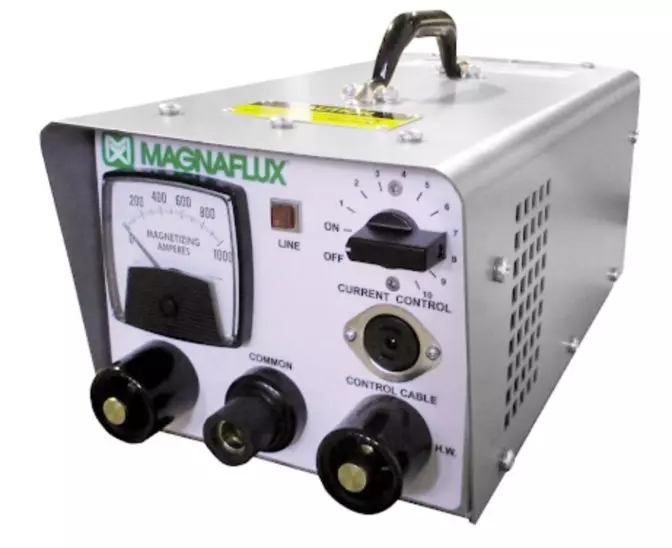 A portable power pack | Credit: Magnaflux
A portable power pack | Credit: MagnafluxMagnetic Yokes
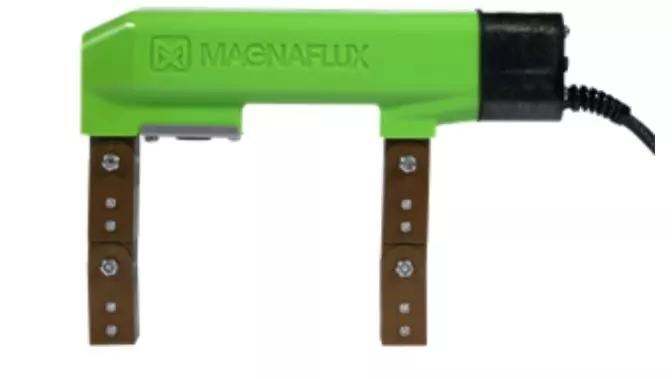 An electromagnetic AC/DC yoke | Credit: Magnaflux
An electromagnetic AC/DC yoke | Credit: MagnafluxEnclosures, Hoods, and Curtains
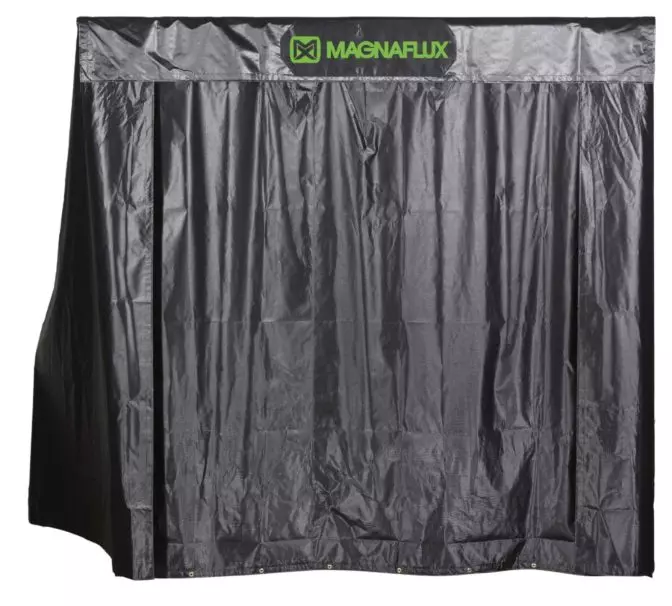 An enclosure | Credit: Magnaflux
An enclosure | Credit: MagnafluxDemagnetizers
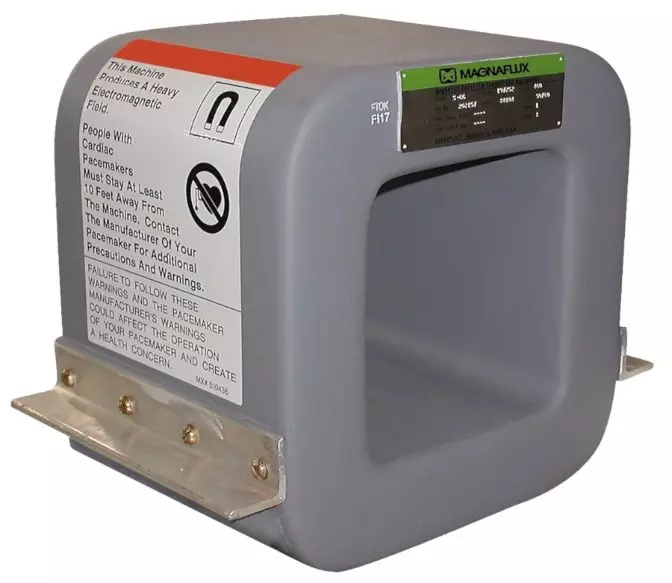
Magnetic Particle Inspection Standards and Codes
ASTM (American Society of Testing and Materials)
ISO (International Standards Organization)
CEN (European Committee for Standardization)